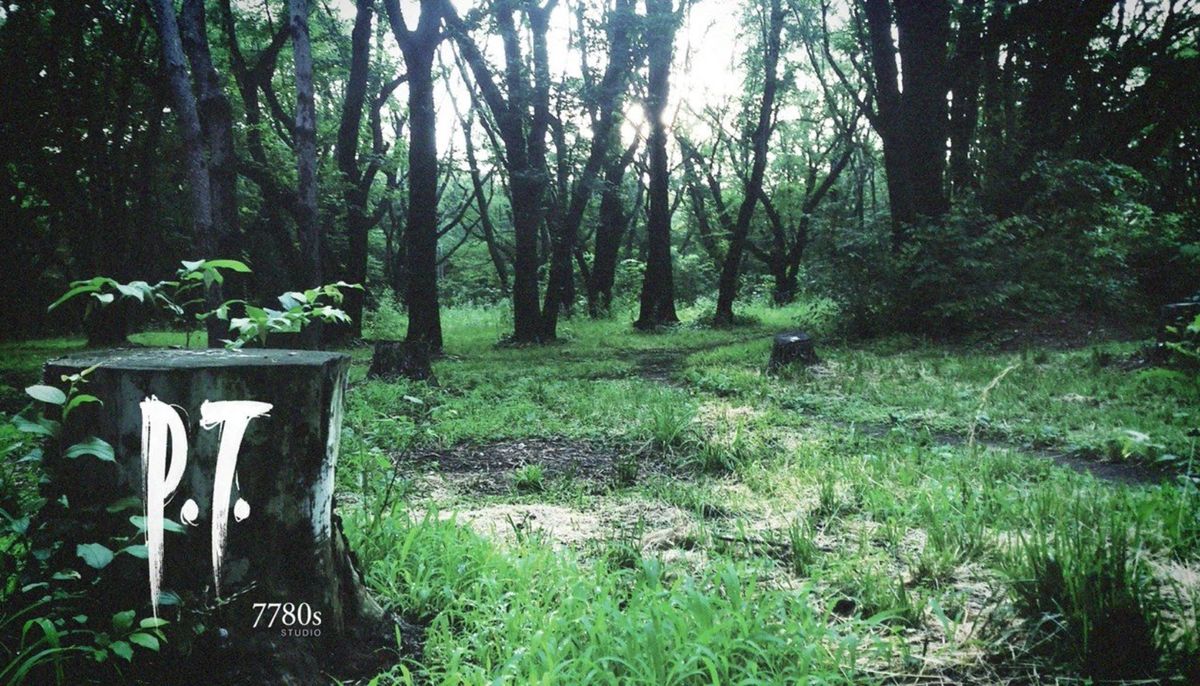
[ad_1]
Much like Dracula, horror gaming trends are repeatedly killed only to rise from their graves again and again. Zombies, ghosts, novelty jump scares, cooperative and competitive multiplayer—there isn’t a discarded subgenre corpse that can’t be resurrected by someone else.
“PT likes”—games similar to Konami’s beloved Kojima-helmed PlayStation 4 teaser, a demo that has existed as a lifeless corpse for longer than it ever lived—have relentlessly haunted PC gamers for years. Steam is littered with more games born from this unholy mold than anyone could possibly play. A frighteningly long list of results emerges after clicking the “first person” tag in the horror section, and so many of their screenshots show another torchlit walk around some vaguely realistic corridor while one strange monster casts an ominous shadow across an otherwise mundane room. They don’t all resemble PT, but far too many. Honestly, the scariest thing about most of these games is how similar they are to each other, and to a PlayStation 4 demo released eight years ago.
Konami’s Playable Teaser needs to be buried.
PT didn’t invent or really even reinvent first-person horror—Outlast, Amnesia, and White Day all independently debuted years before PT’s Lisa stood at the end of what looked like an ordinary hallway in an ordinary house. You can even trace the genre back to 1981, to the ZX Spectrum’s classic 3D Monster Maze. But what PT did was offer aspiring horror developers of all sizes a strong framework that they could realistically replicate on at least some superficial level. Developers seem to be hoping that they’ll retain some of the original’s dark magic—and player attention—by imitation alone.
I understand why this particular horror subgenre is so oversaturated. In theory it’s the perfect foundation for a budget-conscious game: most potential customers already understand “PT-like” means “short and visually quite ordinary” before they’ve even clicked on the trailer. From the reductive point of view of someone trying to find the right “ingredients” to use in their own first-person horror game, PT was one small area made of a few easily referable everyday objects with no visible main character to animate outside of someone. few very specific instances.
Most of the horror came from lighting that small area differently, swapping out some key textures, or making the only other major character model from the teaser stand somewhere and look in the player’s direction. Mechanically there isn’t much to worry about either—no ammo to count, no health bar to keep track of, no inventory to manage. As long as the player can walk around and look at things, then technically speaking whatever is created accurately reflects the much missed PT experience.

(opens in a new tab)
But in practice, then, very few games of this type manage to approach the icy grip of their famous influence, never mind escape. Some of them were never meant to be good in the first place; just a few store-bought assets thrown together on a cynical self-jumping bandwagon as it were. Some of them fundamentally misunderstand what made the demo they hoped to emulate so scary: Layers of Fear seems to think that PT was a game about opening crates in the dark, spraying scripted jump scares on its players, and reading many, many, notes. FM promises little more than darkness and corridors. Some sincerely try their best only to fail due to external factors—lack of time or money, a publisher not fulfilling their promises. But almost everyone fails to step out of PT’s shadow because they are chasing an impossible goal.
They don’t—they can’t—capture the one thing that actually made the creepy teaser they’re based on so special: its inexhaustible supply of unrealized potential.
Yes, PT was (and still is) an unforgettable combination of nerve-wracking horror and dull puzzle-solving. Its one rule was never, ever look at the bloody monster violently shaking right behind you and breathing heavily into your ear. The primal instinct that the rule captured was more intense than almost anything else horror had ever produced. And the sparse fragments of story scattered through its shifting corridor were haunting: they formed a disturbing story of love, violence and loss.
But as great as all that was, that’s not why PT has lingered on the collective fringes of horror gaming consciousness all these years. PT is an untouchable legend, a game that for all intents and purposes no longer exists. PT is anything and everything someone wants it to be. It’s the promise of a long-awaited Silent Hill revival created by a dream team capable of taking the series in an exciting new (and certainly—please—Pyramid Head-free) direction.
No studio can ever compete with that, because what “that” is doesn’t actually exist in any meaningful way. At best, a developer’s rival is a listed playable fave from a teaser released an entire console generation ago, a moment shorter than a game. They fight against the dream of a perfect Silent Hill that will never exist, and yet these photorealistic horror games with one weird gimmick™ keep coming.
Typing “Backrooms” into Steam’s search bar unleashes an avalanche of games hoping to scare me with wallpaper and open doors. The recently published Life after Death invites me to wander along an ordinary corridor, but now in red. The in-development Hellseed tries to turn my head with another dimly lit building to look at photos inside and scares caused by vaguely human monsters that are either too far or too close. However they turn out, they are not PT
So please terrible programmers, if only for your own sake, let PT rest—after all, you can’t kill something that never lived.
[ad_2]
Source link
